|
Imagine living in South Florida or the Florida Keys without some type of protection from the “mosquito”. Mosquitos are the most well known of the biting flies, but “no-see-ums,” their “all teeth”, nearly invisible cousin, are a force to be reckoned with. Belonging to the Ceratopogonidae family, their common name actually refers to a specific type of tiny biting fly. also known as midges, biting gnats, or sand flies, who depend on a supply of fresh human blood to reproduce, There are about four thousand species of these insects, found in almost all parts of the world, where there is suitable wet habitat for multiplying. The prevailing thought in the early 1900’s was that diking and draining the Everglades was needed to make South Florida habitable. Snowbirds came in December, and fled north in late spring, before it became muggy and buggy. Politicians needed more money, so their goal was to get people to visit longer, and eventually move here. Governor Napoleon Broward (1905-09), campaigned on a promise that “All that was needed to turn a worthless swamp into rich farmland was to knock a hole in the wall of coral and let a body of water obey natural law and seek the level of the sea.” Well, we know how that turned out. Florida's natural beauty laid waste to the bulldozer, and the natural drainage and filtering system, would be gone forever. I often wonder how the early settlers survived. The book “Charlotte’s Story”, tells the story of Russ and Charlotte Neidhauk who served as caretakers on the island of Elliott Key, the largest Key in Biscayne Bay, from 1934-35. They describe daily life without running water or power, farming and fishing to feed themselves. They lived in harmony with nature, using only what was available on the island or washed ashore via the “Overseas Lumber Company.“ Neidhauk wrote about mosquitos and no-see-ums: “When you get rain, you will soon have mosquitos. To get rid of mosquitos you need to eliminate the water where they live and reproduce. On the other hand sand fleas, live in just smelly, muck anywhere that has a food source and is damp. No way to eliminate them. To protect ourselves from them in the house, we oiled the screens, burned pyrethrum powder in a burner Russ had made with a pumice base and slotted coconut shell top. When we had to go out in them, we applied Vicks Salve to exposed areas. Eventually we discovered a screen paint which kept most of them outside. Mothballs dissolved in kerosene, helped keep these "Flying teeth" out. “ Ironically, Charlotte’s father, J. P. Arpin, had been a reclamation and drainage engineer for Gov. Broward. You just can’t control mother nature, The island was vacated after the Great Labor Day Hurricane of 1935, when salt water and waves submerged the island, destroying the homes and ruining the farmland. Island homes belonging to the early settlers, Conchs and fishermen, were close to the water, on dry elevated lots. They relied on prevailing winds to keep them cool and relatively bug-free. The "window" openings had screens and shutters, but no windows. My first apartment in the Keys was a “fish camp” type structure made from wooden forms, once used to construct homes in 1960’s era Miami. The landlord “Blinky” handed me a spray can of “Screen Pruf”, and explained this is what to spray on the window screens to keep the no-see-ums out. It was a thick black tar-like substance, and it definitely worked keeping out the bugs, but it sure messed up the view! These were the days before no-see-ums screen, a smaller 20 mesh size screen, which keeps no-see-ums out, though it does limit air flow through the screens. What can we do to live with no-see-ums? Spraying is not practical, as a new crop of no-see-ums are hatching daily. Environmental protections prohibit spraying pesticide over protected marshlands and water. We can wear protective clothing, or apply repellent. Bug repellents containing DEET are labeled for use against no-see-ums and mosquitos. A healthy alternative to chemicals is a homemade no-see-ums spray containing rosemary and alcohol. If you do get bit, wintergreen alcohol stops the itching within a minute and stays gone for hours. Best defense… It is a good idea to research vacation destinations and potential homesites, so you can avoid times or locations with critters present to “bug” you. Or take a lesson from your teenager… just stay inside in the AC tethered to your electronic device.
0 Comments
|
CAROL ELLIS
This photographic website provides me the opportunity for self-expression, for sharing Archives
May 2024
TAGS
All
|
© Copyright 2022. Carol Ellis Photography.
All Rights Reserved.


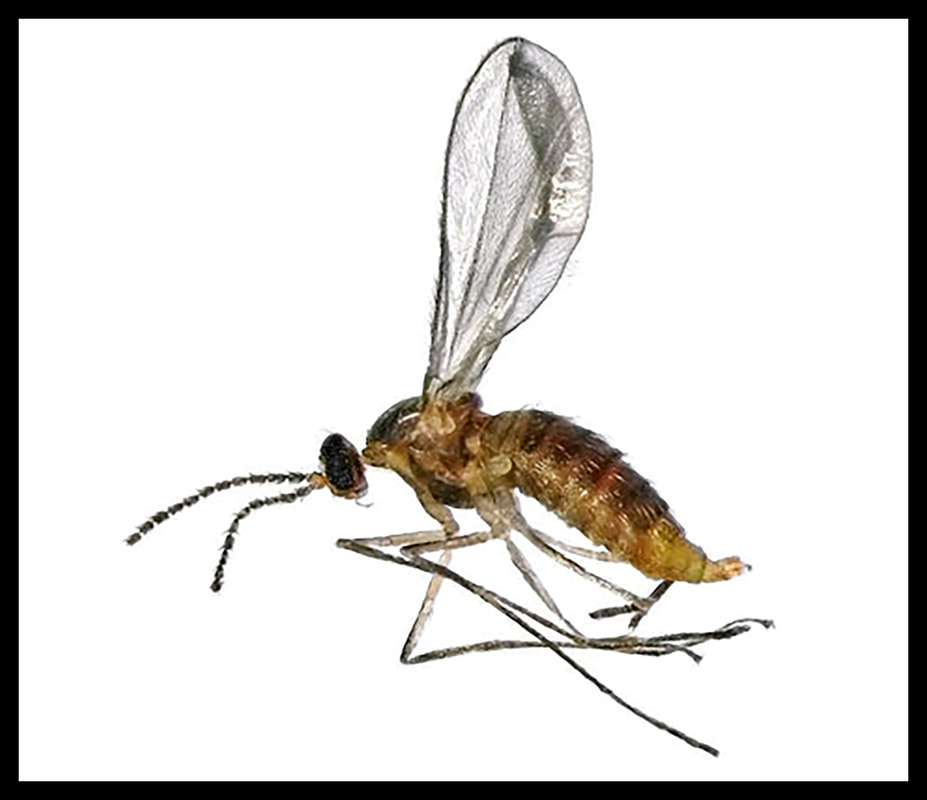
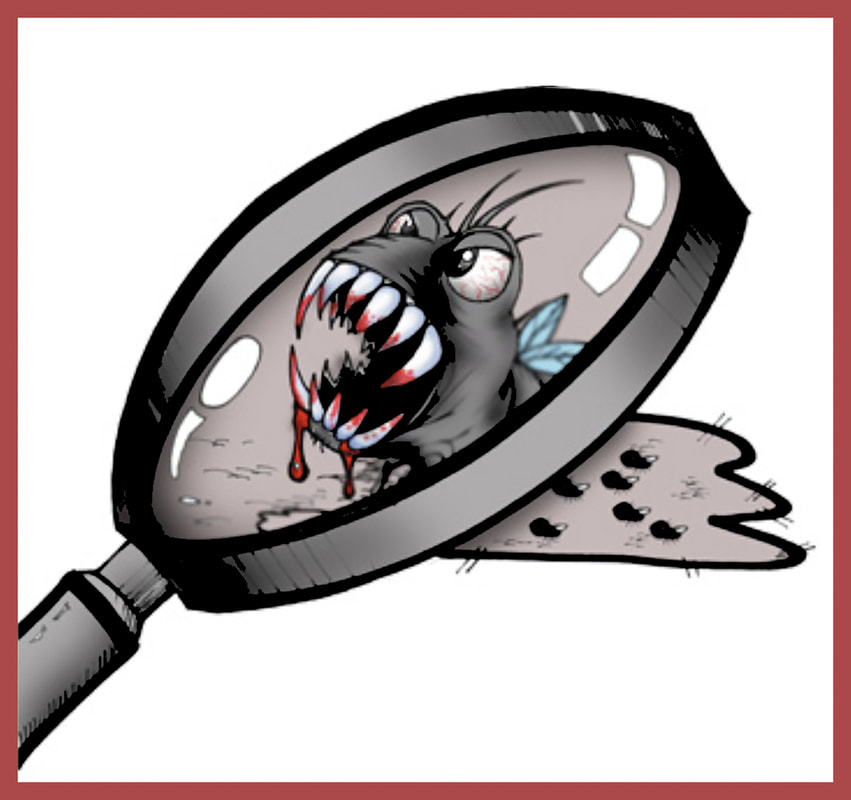
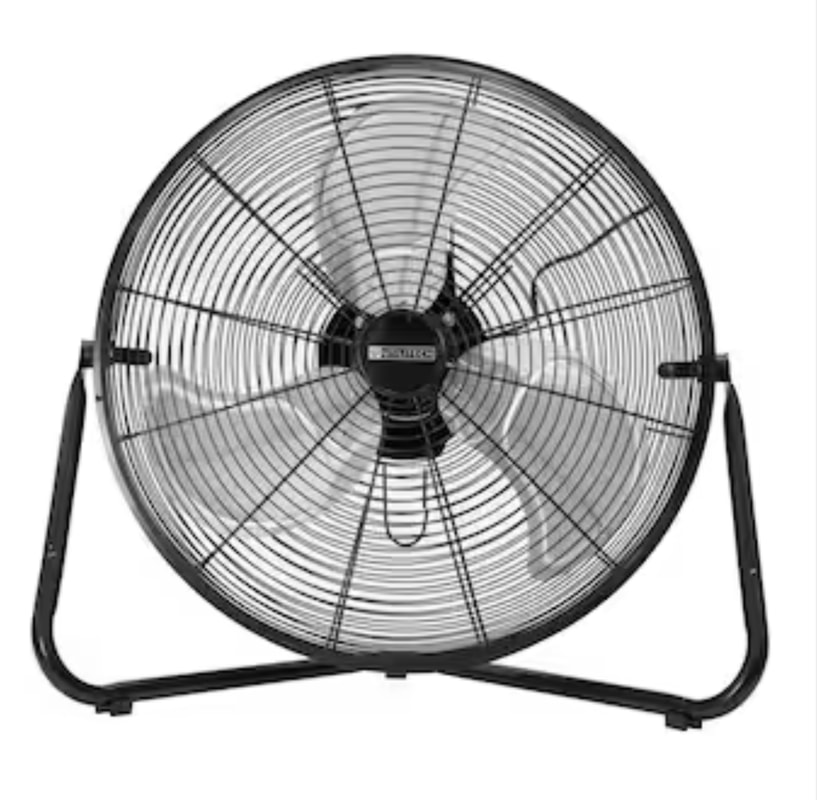
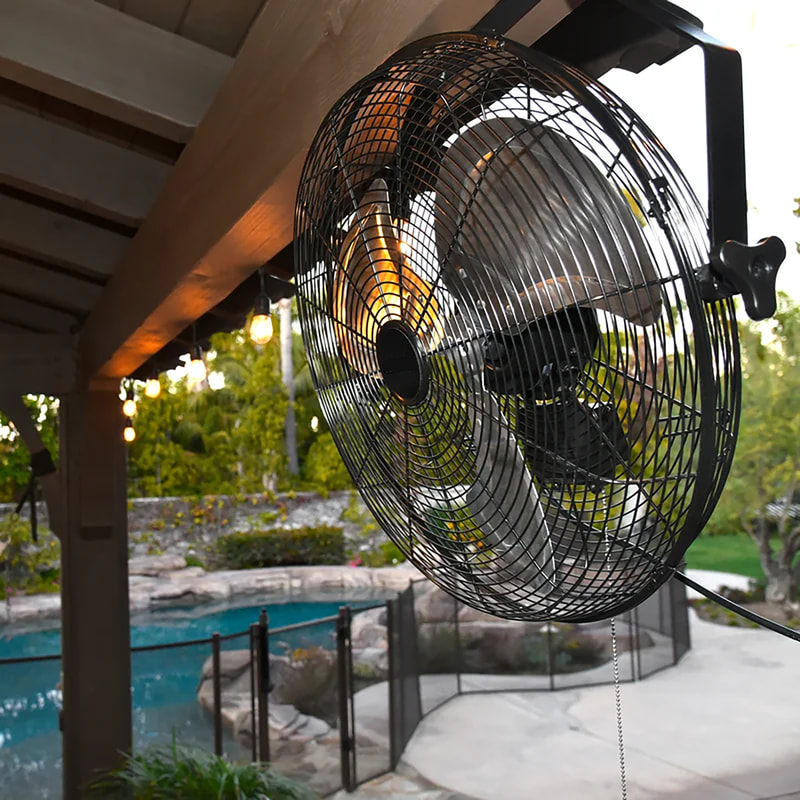
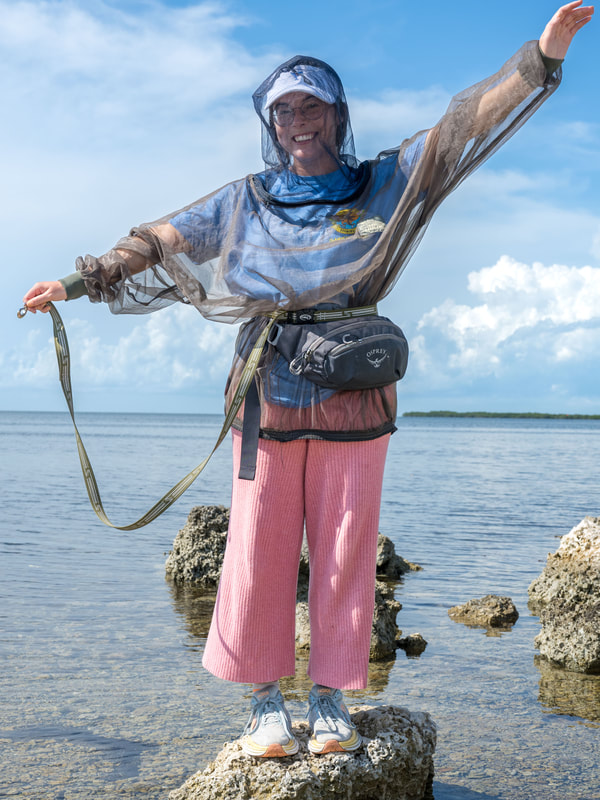
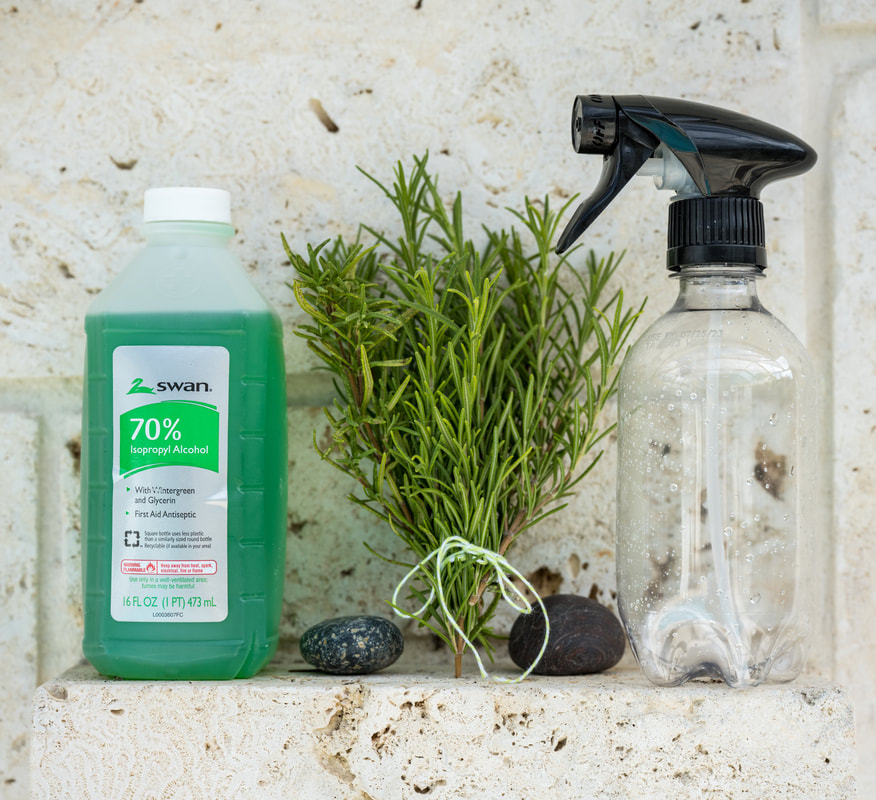
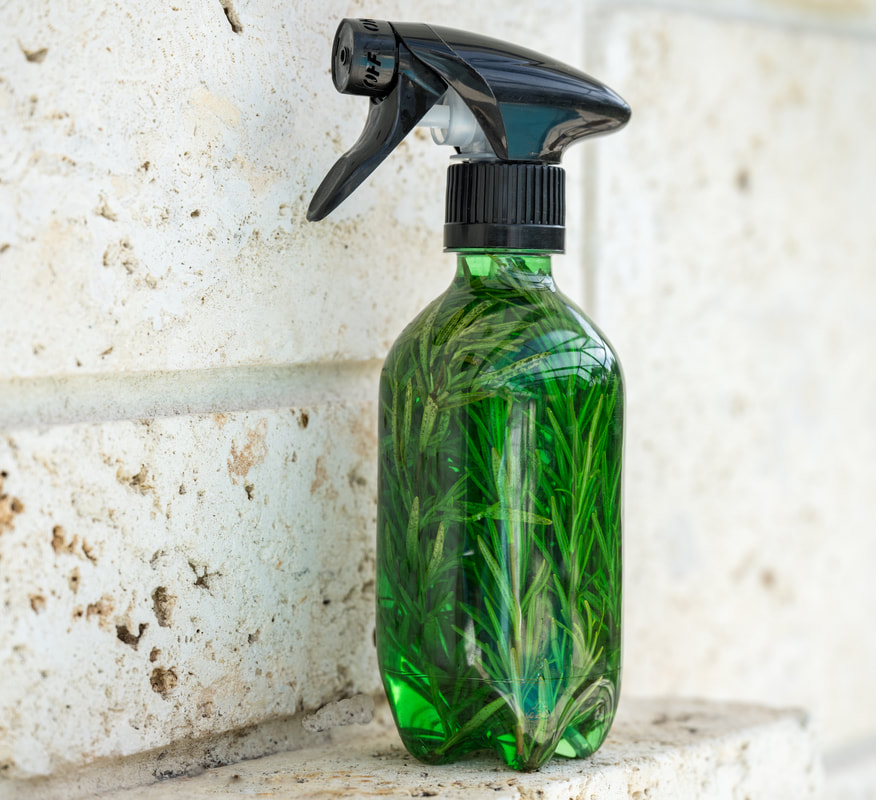
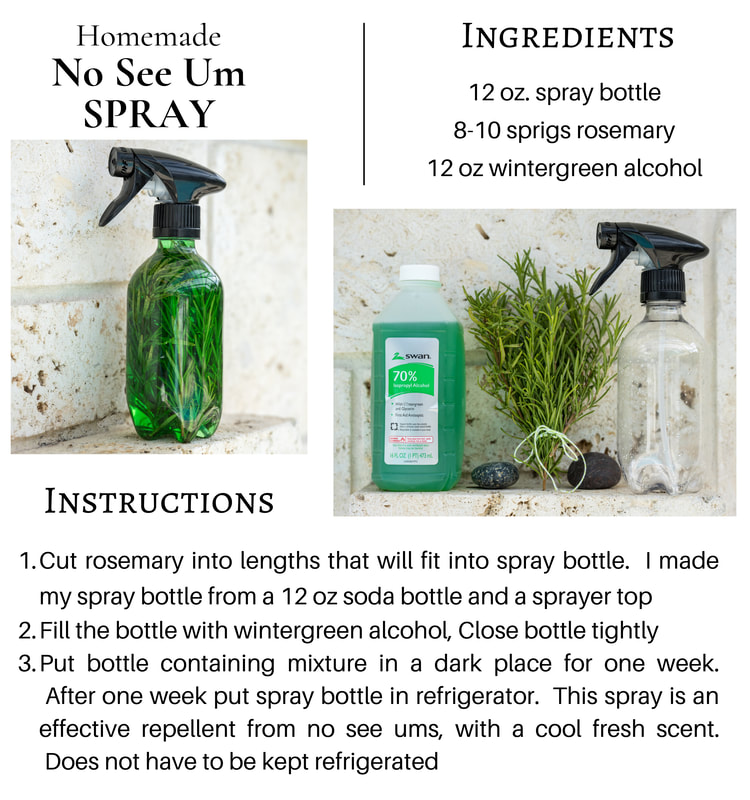
 RSS Feed
RSS Feed
